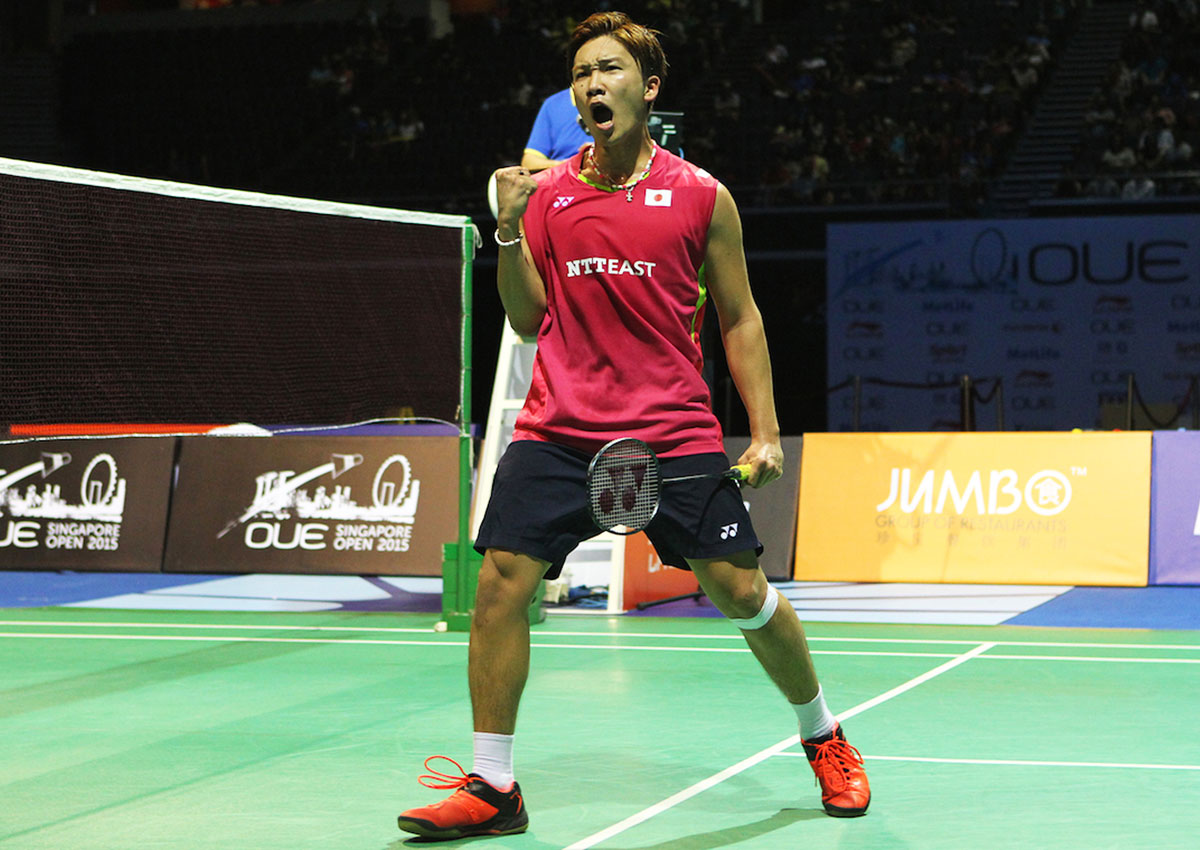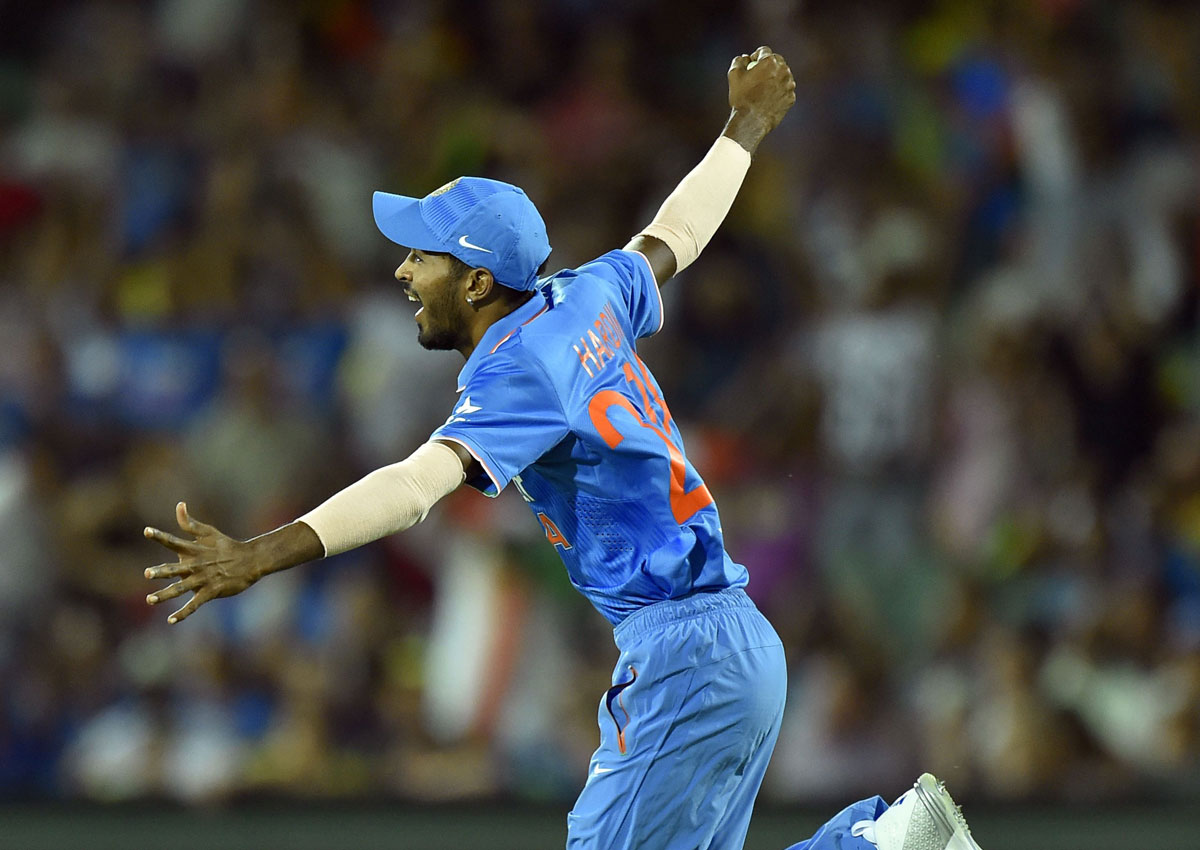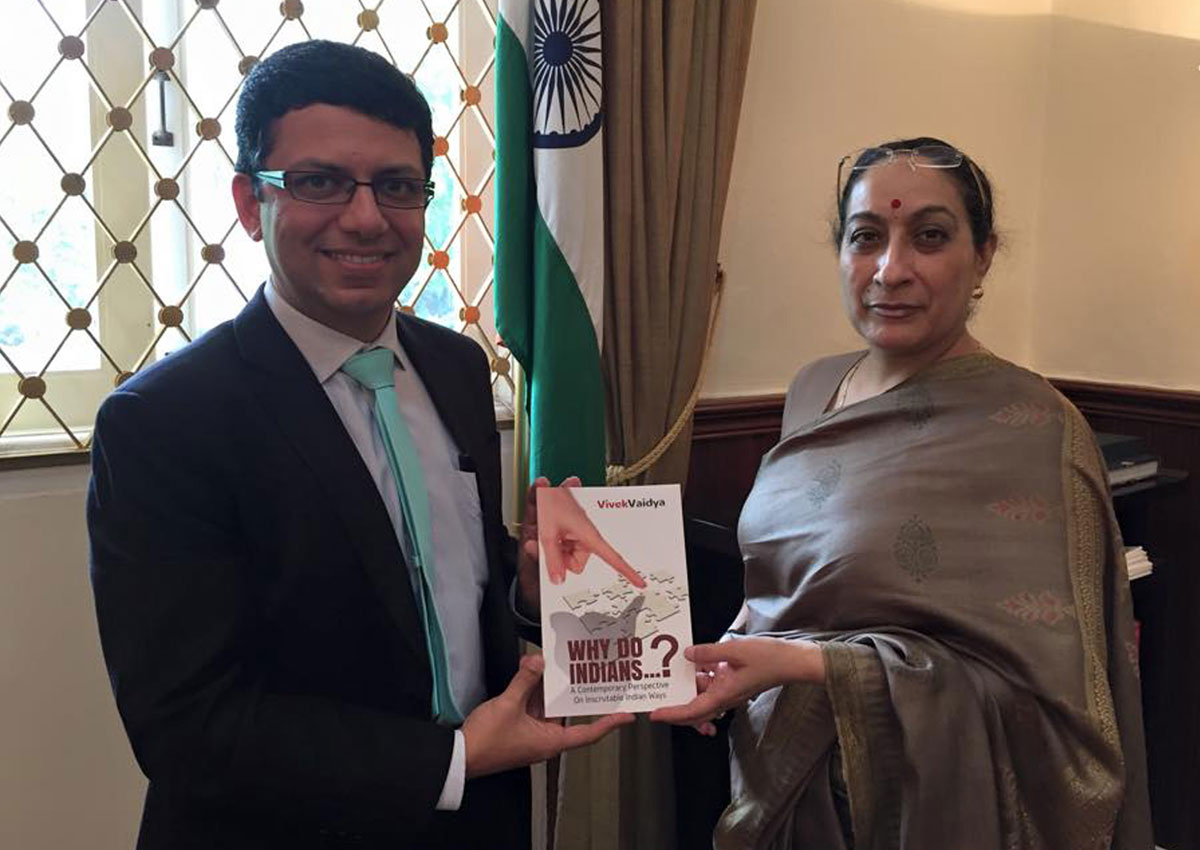It was just over a year ago when Japanese shuttler Kento Momota won his first major individual title – the OUE Singapore Open men’s singles crown.
Since then, the 21-year-old has gone from strength to strength – he won the Indonesia Superseries Premier, as well as the season-ending Superseries Finals in Dubai last year.
Momota (right) is now ranked third in the world, behind China’s Chen Long and Malaysia’s Lee Chong Wei, but he believes he can pip the big two to an Olympic gold medal in August.
“I am looking forward to coming to Singapore to defend my title, but my ultimate goal is the gold medal in the Olympics,” Momota, who will be competing in this year’s OUE Singapore Open from April 12 to 17, told The New Paper in an exclusive interview earlier this week.
“Last year’s Singapore Open was a turning point in my career. It was the first time that I entered a final in a SuperSeries event.
“It was then that I could learn the whole process – how to play all the way to the final and then being a winner.”
“That win helped to boost my confidence, and made me realise that I am playing very well,” added the 1.74m-tall, 70kg shuttler, whose win at the Singapore Indoor Stadium last year made him the first Japanese player to win a Superseries men’s singles title.
BEST FORM
Momota was also part of Japan’s victorious 2014 Thomas Cup team, who defeated mighty China 3-0 in the semi-finals before beating Malaysia 3-2 in the final.
He may be enjoying the best form of his life now but, to win the Olympic singles gold medal, he will have to raise his game in Rio de Janeiro to a significantly higher level.
After all, the likes of Chen Long, Malaysia’s Lee, as well as Lin Dan – who won the men’s singles crown at the 2008 and 2012 Olympics – will be considered the hot favourites for the gold medal in August.
Momota said: “Chen Long, Lin Dan and Lee Chong Wei are still the players to beat and it wouldn’t be easy, but I will try to catch up with them tournament by tournament.”
Meanwhile, he is adjusting to his new status at the top-ranked shuttler in the Japanese team, despite his young age.
He said: “As Japan’s No. 1 men’s singles player now, I have to be a good leader and be a role model on court, and I must give a good impression to my teammates.
“But, off the court, I am still one of the younger shuttlers, so I have to follow the seniors.”
sayheng@sph.com.sg

This article was first published on March 5, 2016.
Get The New Paper for more stories.













